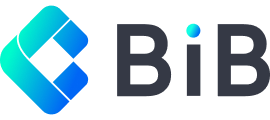A key difference between cryptocurrencies and fiat money is that the former is decentralised, requiring no government body to preside over the outflow of coins or tokens. Fiat money, on the other hand, is centralised and subject to overprinting which often causes inflation. Although cryptocurrency itself can have an unlimited supply, many coins have a supply cap, and many investors burn tokens to increase the market demand. In this article, we will define what token burning is, explain its benefits and discuss the four methods you can use to burn tokens.
What is token burning?
Token burning is the process of removing a certain amount of cryptocurrency tokens from circulation. When an investor decides to burn their tokens, they usually do it by transferring it to a digital wallet, where it becomes permanently inaccessible. Before participating in token burning, investors may consider factors like their chosen investing strategies, personal financial goals and the market’s direction. Here are some of the key advantages of token burning:
Increases value
Related: Volatility – A New Trading Instrument
Attracts investors
Investors who seek the highest returns tend to favour tokens with a limited supply and burn mechanism. This is because scarcity, created by burning the tokens, increases their value. Tokens with utility, such as real-world use cases, may be even more attractive to investors, as they offer additional value beyond simply holding the token.
Boosts blockchain efficiency
The proof of burn (PoB) blockchain operates on the consensus mechanism, which requires the burning of a token to validate a transaction on the blockchain. This mechanism mitigates the risk of fraudsters attempting to infiltrate the network, since many would be hesitant to incur expenses. In addition to the security benefits, PoB blockchains also offer a number of economic incentives for investors. For example, investors who successfully join the network may receive lower transaction fees, access to exclusive features and airdrops of new tokens.
Bonds the community
Lastly, token burns can be a powerful tool for promoting a sense of belonging and ownership among token holders. This is especially true for communities that collectively decide to burn tokens through voting. Involving non-executive members in such an important decision can allow token holders to feel like they’re actively participating in the project’s success, which can strengthen the community as a whole.
Different ways to burn tokens
Individual burn
The first step you can take to burn a token is to send it to a null address. Ensure that the address doesn’t have any private keys, which also means that any tokens you burn will become permanently irretrievable. Alternatively, some users may opt to interact with a smart contract by calling a burn function. This function asks for the amount of tokens that the user wants to burn and removes the amount from the user’s wallet.
Project burn
When developing their roadmap, project founders may choose to allocate a percentage of a token’s supply for burning. The tokens burned can come from a specific percentage allocated for burning, or from fees generated from the platform. For example, the native token $BIB burns 1% of all dex trading fees, and also burns $BIB tokens used to mint NFTs. BNB performs quarterly burns, with some of the tokens burned coming from fees generated on both the Binance exchange and the Binance Smart Chain.
Community burn
In Web3, where the community has a greater say in decision-making, token burns can be initiated by a majority vote of community members. Using a DAO system, founders and community members can make a joint decision to burn a percentage of tokens. This process can help in promoting community engagement and alignment around the project’s goals.
Blockchain network burn
The final word
Token burning has become a popular practice among cryptocurrency projects. This tactic is often used to stabilise the price of the project’s native token, encourage long-term holding and reward loyal users. If you’re new to this process, it’s a good idea to conduct research. For example, you could review a list of the best cryptocurrencies that utilise a regular burn mechanism. You could also look out for announcements regarding upcoming token burns, so that you can research the project. Doing so can help you decide if the project’s reason for planning a coin burn aligns with your financial goals.



